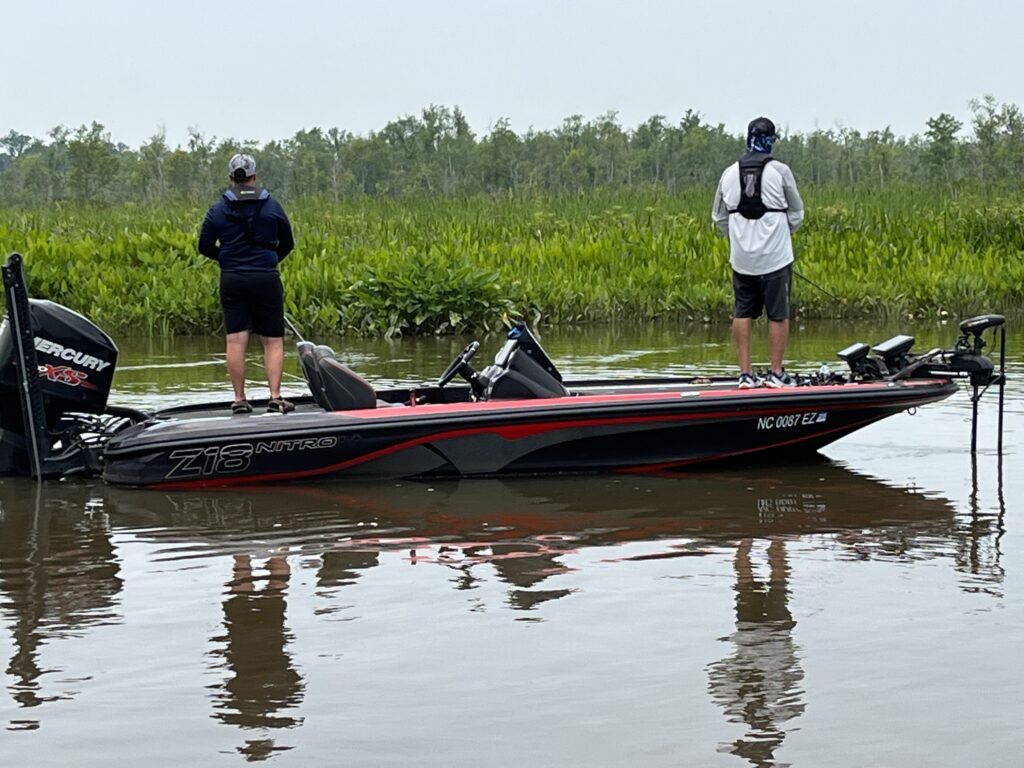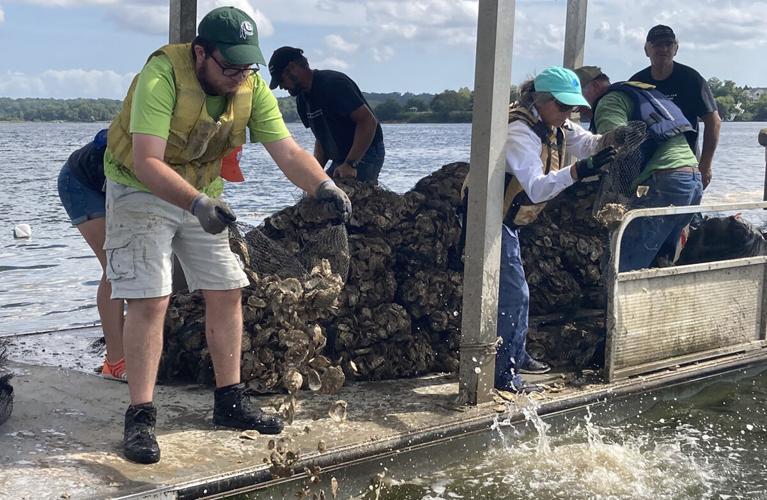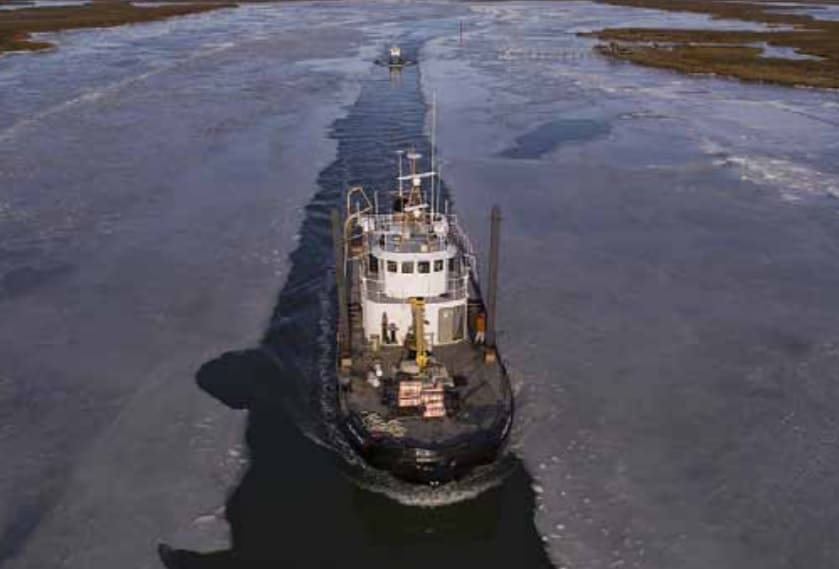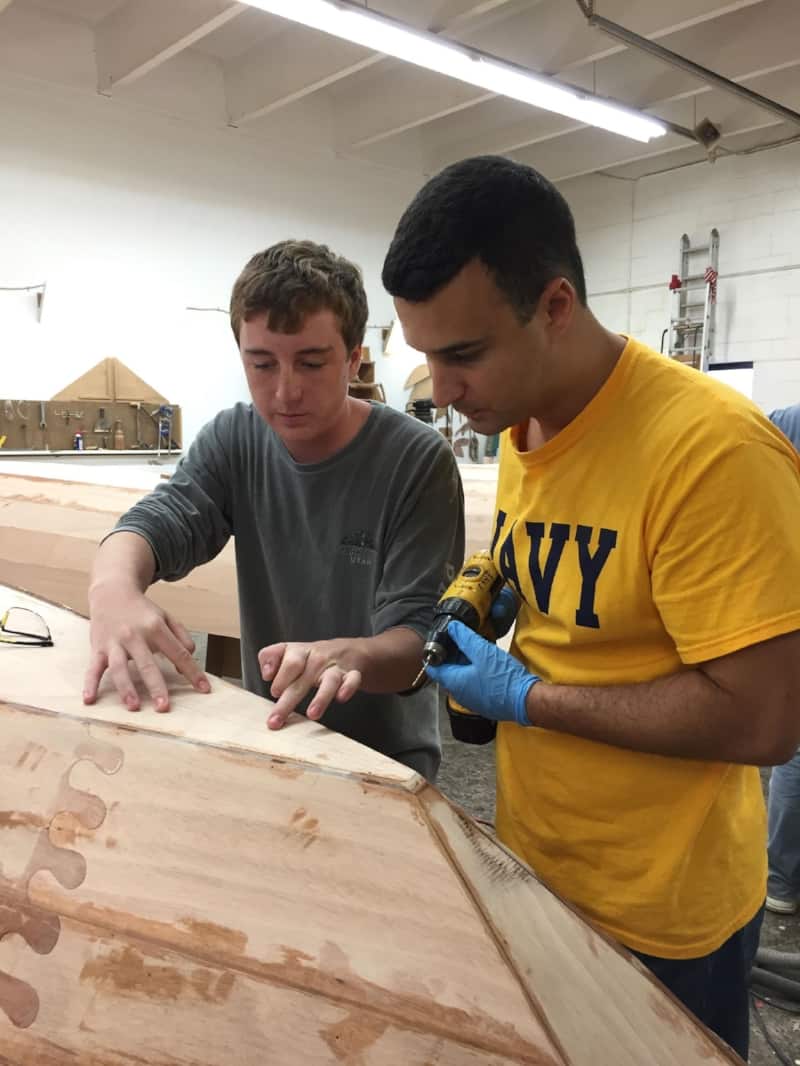Virginia’s legislation that made living shorelines the default option for erosion control (versus bulkheads or riprap) was met with some skepticism back in 2020. But a new study shows a benefit beyond wetlands conservation: these shorelines are generating local and state revenue through the recreational angler industry.
Tidal marshes and living shorelines along Virginia’s Middle Peninsula produce more than $6.4 million in economic value each year from recreational anglers, according to a study by a team of researchers at the Virginia Institute of Marine Science (VIMS). The study, published recently in Ocean & Coastal Management, is the first to assign an economic value to an ecological benefit of living shorelines. The VIMS Center for Coastal Resource Management combines expertise in resource economics, sociology, coastal ecology, and recreational fisheries to do this kind of research and make recommendations.
The researchers surveyed more than 1,500 anglers with Virginia saltwater fishing licenses and mailing addresses on the Middle Peninsula. They refined the survey with assistance from expert local anglers, especially participants in the award winning, all-volunteer Virginia Game Fish Tagging Program. One of them, Carl Stover, is a long-time tagger with broad knowledge of the Middle Peninsula and its anglers.
Stover spoke with us about the value of natural shallow-water habitat he sees while casting lures for speckled trout, redfish, rockfish, white perch, and flounder. “Small baitfish, crabs, grass shrimp, they’re all at the base of the food web. The predator fish go where the bait lives, and there is more along natural shorelines than bulkheads or riprap. This rule holds everywhere I fish, from the James to the Rappahannock. I’ll go a long way to cast to a natural or living shoreline, whether I’m on foot, in a kayak, or aboard my 18’ center console. That goes for every diehard angler I know.”
The VIMS team defines living shorelines as “nature-based approaches for shoreline protection. These stabilization techniques not only protect shorelines and infrastructure, they also conserve, create or restore natural shoreline habitats and ecosystem services.” Bulkheads and stone riprap, on the other hand, reduce or eliminate habitat. The cumulative effect of widespread habitat loss can severely damage fish and crab stocks. Localities in both Virginia and Maryland require permits to change private shorelines, depending on project design. Living shorelines conserve habitat and in many cases increase resilience against sea level rise.
Are there exceptions to the rule? As of the 2020 Virginia General Assembly session, “It is the policy of the Commonwealth to support living shorelines…for stabilizing tidal shorelines; The Commission shall permit only living shoreline approaches to shoreline management unless the best available science shows that such approaches are not suitable. If the best available science shows that a living shoreline approach is not suitable, the Commission shall require the applicant to incorporate, to the maximum extent possible, elements of living shoreline approaches into permitted projects. [Code of Virginia § 28.2-104.1].” (See Shoreline Guidance on the VIMS coastal resources website.)
There are two important issues in any shoreline stabilizing/protection project: a property owner’s right to protect valuable waterfront and the responsibility to do so without damaging public natural resources. Well-designed living shoreline restorations serve both requirements, but it’s not always easy to demonstrate their habitat values weighed against cost in a permit decision. In the past, that difficulty has complicated the process.
Now, the VIMS experts are performing research projects to evaluate ecosystem services that shoreline restoration projects can provide. This angler-driven study is the first in a series for shoreline project applicants, designers, contractors, and decision-makers. “The long term product,” said Susanna Musick, VIMS Marine Recreation Specialist, “will be a tool that can evaluate the benefits of shoreline protection. Angling values are now quantified as one class of the ecosystem benefits of natural shoreline habitat restoration.”




